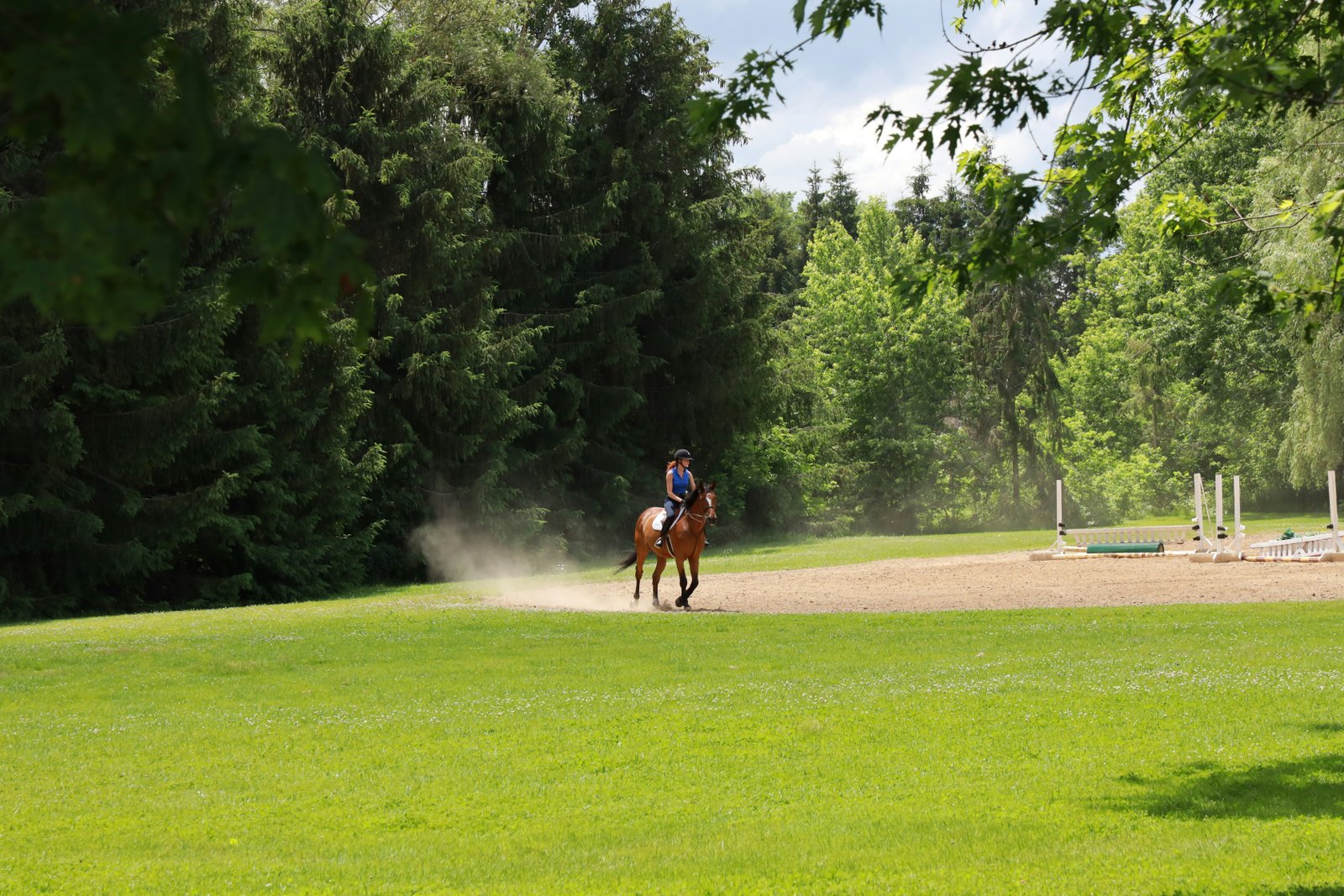Mastering the Reins: Essential Horse Riding Skills for Every Equestrian

Horse riding is more than a hobby; it's a skill-based art that forges a deep, communicative bond between human and horse. To truly enjoy the experience and ensure safety, one must move beyond being a passenger and become a skilled partner. This guide covers the fundamental skills every aspiring equestrian needs to develop a confident and harmonious relationship with their horse.
Building a Strong Foundation: The Basics
Every rider's journey begins with the basics. Learning to mount and dismount safely is the first step. Once in the saddle, achieving a correct posture—heels down, back straight, eyes forward—is crucial for balance and control. This balanced seat is your foundation, allowing you to move with the horse, not against it. You'll also learn to hold the reins correctly, which is your primary line of communication for steering and speed control.
Exploring Riding Styles: English vs. Western
As you begin, you'll likely encounter two main styles of riding: English and Western. English riding, with its smaller, lighter saddle, is often associated with disciplines like dressage and show jumping, focusing on precise communication and direct rein contact. Western riding evolved from the needs of cowboys on American ranches. It features a larger, heavier saddle designed for long hours of comfort and security, and riders typically use a looser rein, guiding the horse with neck reining. While the fundamental skills are similar, choosing a style often depends on your personal goals and interests.
The Language of Riding: Communication and Cues
Effective riding is a silent conversation. Riders use a combination of "aids" to give clear instructions. The reins help guide the horse's head and signal for stops or turns. Your legs cue the horse to move forward, increase speed, or bend. Your seat and body weight shift subtly to support these cues and help with balance. A skilled rider learns to use these aids with finesse and precision, creating a responsive and willing partner.
Finding Your Rhythm: Mastering the Gaits
Horses have several natural ways of moving, known as gaits. The three primary gaits you will master are the walk, the trot, and the canter. The walk is a steady, four-beat gait. The trot is a two-beat, bouncier gait that requires the rider to learn to "post" (rise and sit in rhythm with the horse's stride). The canter is a smooth, three-beat "rocking horse" motion. Mastering each gait requires developing balance, timing, and the confidence to control the horse's speed and direction.
Safety in the Saddle: Essential Precautions
Safety is paramount in horse riding. Always wear an approved equestrian helmet and proper footwear with a small heel to prevent your foot from slipping through the stirrup. Before every ride, it's vital to check your equipment (saddle, bridle, girth) for any signs of wear and tear. Learning to read a horse's body language is also a key safety skill, helping you anticipate its reactions and prevent potential issues before they arise.
Choosing the Right Riding School
Your learning experience will be shaped by your instructor and environment. When looking for a riding school, prioritize places with certified instructors who emphasize safety and horsemanship. Observe the school horses; they should be well-cared-for, healthy, and have temperaments suitable for learners. A good school will have a structured curriculum and a positive, encouraging atmosphere. Don't hesitate to visit a few schools and ask to watch a lesson before you commit.
Conclusion: A Journey of Lifelong Learning
Becoming a skilled horse rider is a continuous journey, not a destination. Each ride is an opportunity to refine your technique, deepen your understanding, and strengthen your bond with your horse. By focusing on these fundamental skills, you build the confidence and competence to enjoy a lifetime of safe and rewarding equestrian adventures. We encourage seeking guidance from a qualified instructor to ensure you start your journey on the right path.